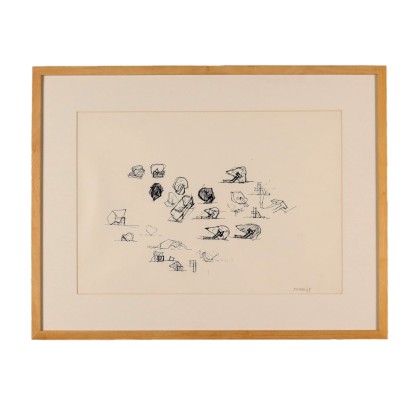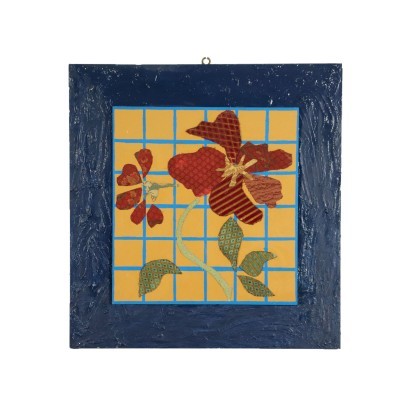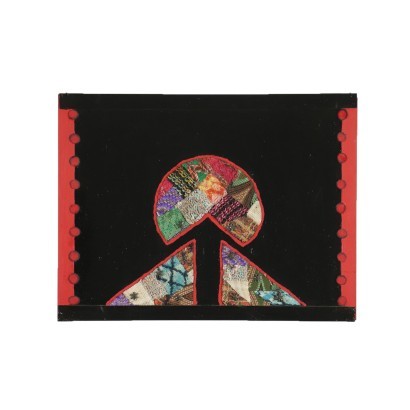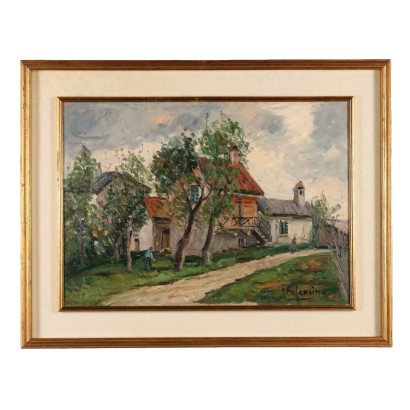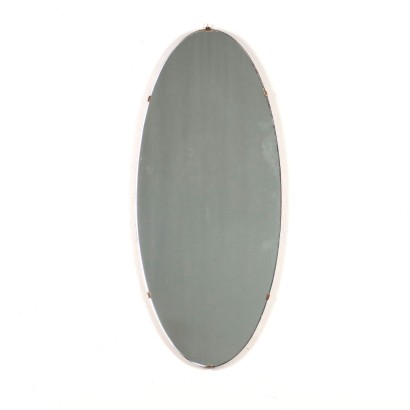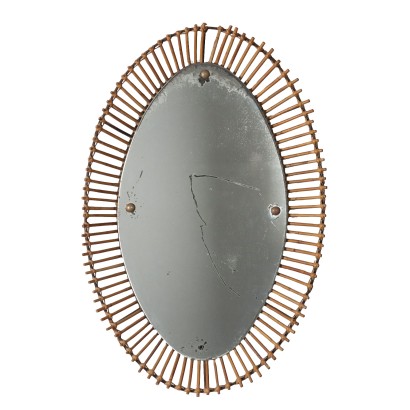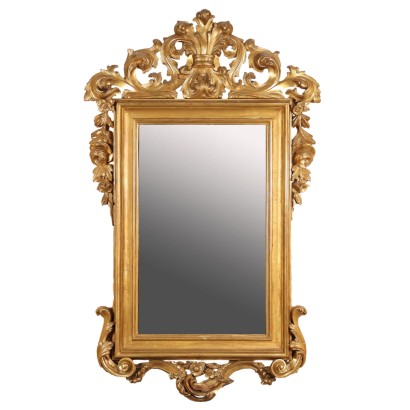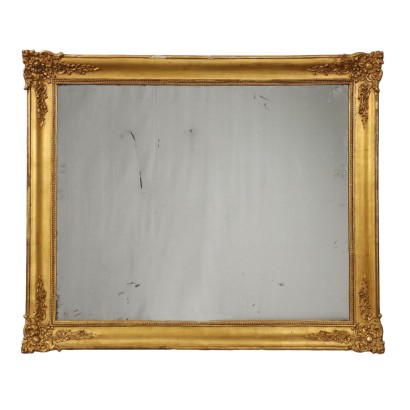Contemporary Artwork G. Pardi 1969 Untitled Inkwell on Paper - Untitled 1969
Features
Artist: Gianfranco Pardi (1933-2012)
Artwork title: Senza titolo
Age: Contemporary
Subject: Study
Artistic technique: Drawing
Technical specification: Ink
Description : Senza titolo
Ink on paper. Signed and dated lower right. Accompanied by authentication on photo for the Marconi Gallery in Milan, and stamp of the JAPF Archive. with N. 112. From the beginning, Gianfranco Pardi's artistic research has been based on space and constructive planning that gives life to works of great formal rigor, characterized by the integration of drawing, painting and sculpture in a spatial dimension of breath architectural. Starting from rigorous planning, the artist reveals the dynamics and relationships of form and matter: imaginary architectural interiors, rigidly geometric or biomorphic sculptures, marriages of architectural constructions and natural environments. The study is presented in a frame.
Product Condition:
Product in good condition, shows small signs of wear. We try to present the real state as fully as possible with photos. If some details are not clear from the photos, what is reported in the description will prevail.
Frame Size (cm):
Height: 50
Width: 65
Depth: 2,5
Artwork dimensions (cm):
Height: 35
Width: 50
Authentication on photo
Additional Information
Artist: Gianfranco Pardi (1933-2012)
Born in Milan in 1933, in 1959 Gianfranco Pardi held his first solo show in Brescia, at the Alberti Gallery, while the following year he was hosted by the Colonna Gallery in Milan. During the 1960s he developed a style that integrated drawing, painting, sculpture and architecture. His participation in the collective exhibition La figuration narrative dans l'art contemporain in Paris dates back to 1965. In 1967 he began his collaboration with Studio Marconi in Milan and dedicated himself to the creation of works that are a reinterpretation of the historical avant-gardes such as Abstractionism, Suprematism, Constructivism and Neoplasticism. In the 1970s he develops in his architecture the desire to build and found a space through painting, as he believes that this means of expression can immediately produce the idea. His works develop through geometric signs and gestures which, together with a few colors, help him to express the concept of constructiveness. In 1974, and later in 1993, he took part in the XXVII Biennial at the Palazzo della Permanente in Milan. In 1979 he collaborated with Gianni Colombo and Emilio Tadini on the Borgotondo project, a playground built in Mirandola for the International Year of the Child. He repeatedly exhibits in various Italian exhibitions. Between the end of the 1980s and the early 1990s, he created the works in the Cinema, Monk and Maschere series, focusing on the use of iron supports. In 1998 the Palazzo Reale in Milan hosted a personal exhibition of his and the following year a series of important exhibitions were organized in Germany. He continues to be present in numerous Italian exhibitions and during his career he creates numerous sculptures for public and private spaces.
Age: Contemporary
Contemporary
Subject: Study
Artistic technique: Drawing
Il disegno è il processo di tracciare segni su una superficie tramite l'applicazione di una pressione o il trascinamento di un apposito strumento sulla superficie. Gli strumenti sono: matite in grafite o colorate, penna, pennelli fini con inchiostro, pastelli a cera o carboncini; i supporti tradizionali più frequenti sono carta, cartoncino, tavola, muro, tela, rame, vetro.
Technical specification: Ink
Other customers have searched:



